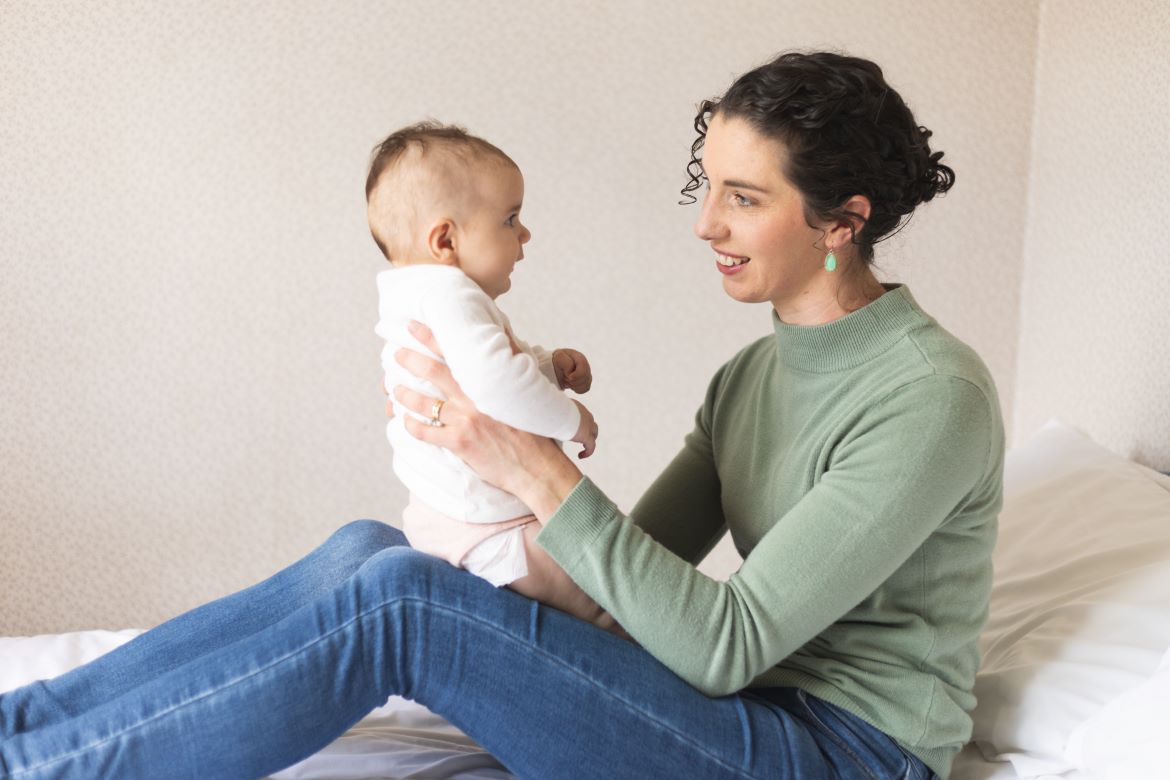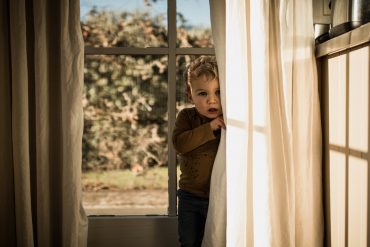Number 8: Learn a good winding technique! There’s no point popping a gassy bub down for a bassinet sleep if they’ve still got those bubbles sloshing around in there. Help them burp.
Number 7: Warm the bassinet with a wheatsack. Then take it out and make sure it’s not too hot in there before putting bub in. A cool bed can startle a sleeping baby awake after being in your warm arms or car seat.
Number 6: Make use of bub’s sucking reflex. Lots of new babies seek the sensation of sucking to calm down and regulate enough for sleep to come. Don’t be afraid to use a quick breastfeed to calm them if that’s how you’re feeding.
Number 5: Perfect the swaddle to hold down bub’s arms. Loose arms can make settling to sleep more difficult. Your baby is used to a tight womb, so the apparent freedom of their arms earth-side can be unsettling. Swaddle safely: firm around arms, loose at hips, fabric clear from little faces, place on their backs on firm flat mattress.

Number 4: Let baby’s feet hit the mattress first! When you transfer a sleeping baby by lowering level or slightly head down, this will cause them to startle as it mimics the sensation of falling. Feet first, then rest of body, onto their side if needed to resettle, then roll onto back once asleep again. BACK TO SLEEP is so important when aiming to reduce the risk of SIDS.
Number 3: White noise up loud. Between 50 and 60dB is good at triggering bub’s calming reflex, which helps them resettle. Download a decibel reader app on your phone and pop that in the cot to read and adjust the white noise level from 1-2 metres away to keep it at a safe volume.











